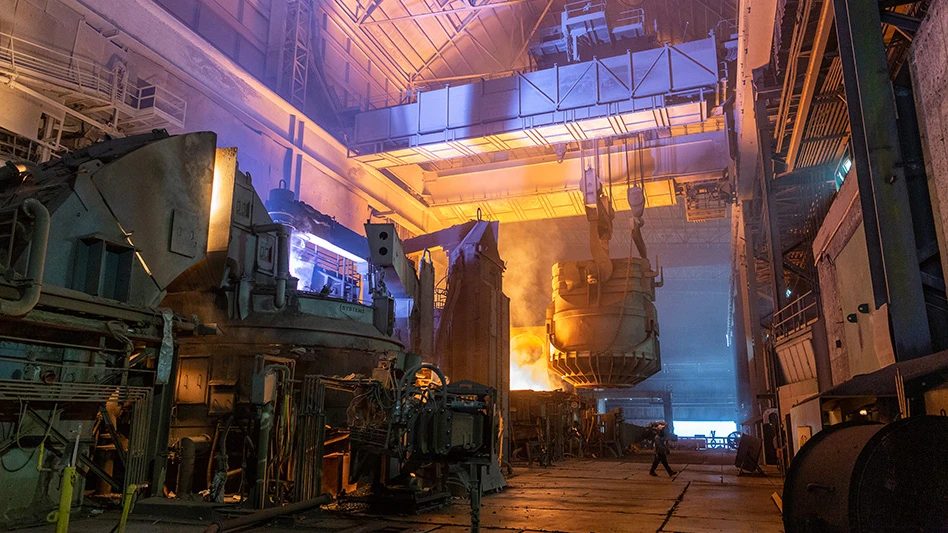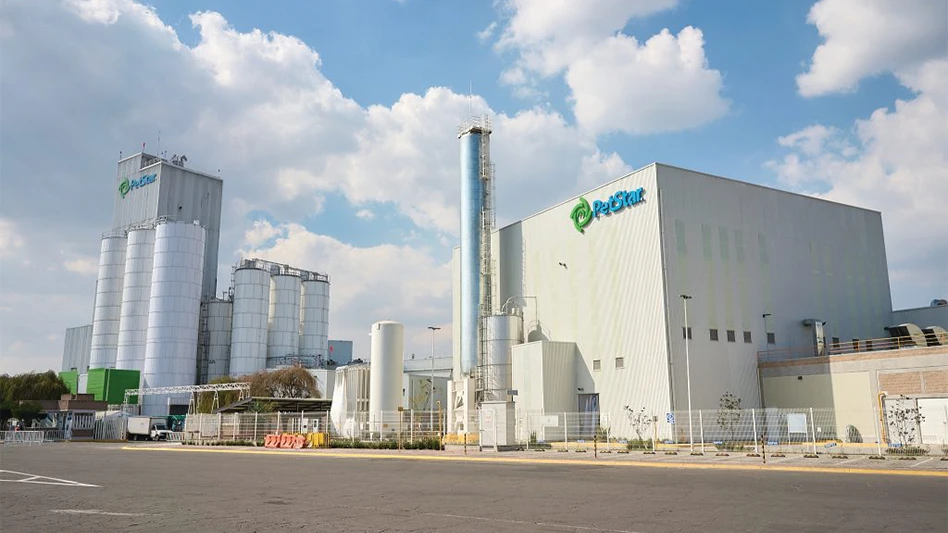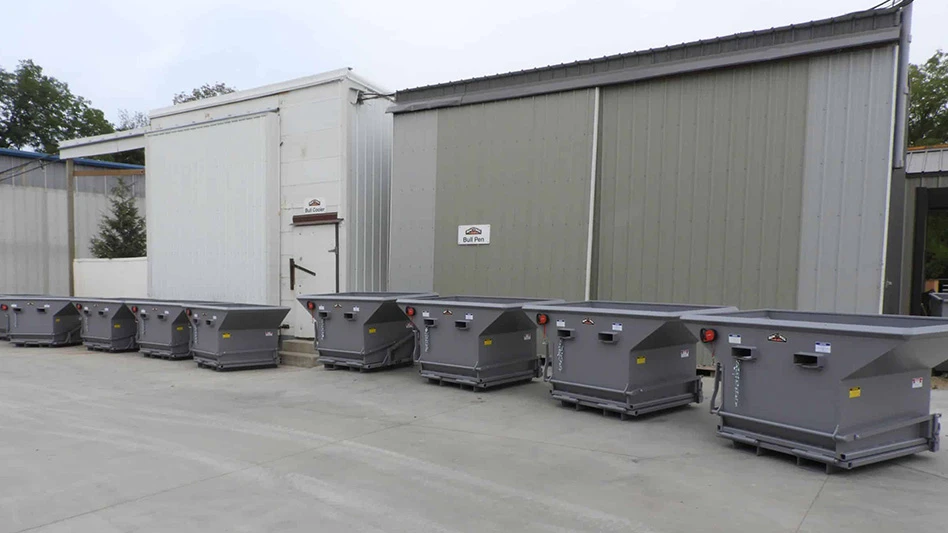The mood of attendees at this year’s National Association for Information Destruction (NAID) Annual Conference remained upbeat and the outlook for the industry favorable. However, a number of panelists in a variety of  sessions cautioned against the practice of relying on the back-end revenue from recovered paper sales. While this is hardly a new practice, today’s higher recovered paper prices make the practice more tempting, especially to new entrants to the industry. This is a potentially dangerous practice, not only for individual destruction firms, but possibly for the industry as a whole.
sessions cautioned against the practice of relying on the back-end revenue from recovered paper sales. While this is hardly a new practice, today’s higher recovered paper prices make the practice more tempting, especially to new entrants to the industry. This is a potentially dangerous practice, not only for individual destruction firms, but possibly for the industry as a whole.
As anyone who has been exposed to secondary commodities knows, markets are cyclical. While prices for recovered paper have been healthy, the uncertain global economy makes reliance on recovered paper prices a risky proposition.
And, according to some panelists, a decline in recovered paper pricing could be imminent.
Al Villamil of Viking Fibers, Bensalem, Pa., who offered his thoughts on the state of the document destruction industry in the "Thought Leaders: The State and Future of the Paper Media Destruction Industry" panel, warned session attendees that one world event could easily send recovered paper markets heading backwards.
Panelist Nate Campbell of Recall Secure Destruction, Newark, Calif., added that the slowdown in the U.S. economy potentially could affect demand for secondary fiber from China, which drives demand for many secondary commodities. He predicted a 10 percent to 20 percent decline in paper prices in the next year in light of the reduction in U.S. consumer consumption.
Relying on recycling revenues also places pressure on firms that eschew the notion of commoditizing the industry. Such firms sell security and reliability, noting that not all service providers are equal.
Giving in to the temptation to lower pricing to land accounts with the notion that the difference can be made up on the back end could set a company up for failure when markets turn. It also sends a message to customers that the service is not worth much and is potentially dispensable.
While it’s tempting to blame unfair competition on the bigger companies in the industry, a number of conference attendees said these firms are the least of their worries; it’s the single-truck operators with little overhead and a reliance on recycling revenue who provide the fiercest competition.
Most operations start small, with one or two trucks and a desire to succeed. But, if such companies want the chance to grow, realistic pricing must rule. Instead, newcomers to the information destruction industry should educate their potential customers on the true value that a secure information destruction service provides. After all, the integrity and reputation of their clients are at risk, and so is the standing of the information destruction industry.

Explore the July 2008 Issue
Check out more from this issue and find your next story to read.
Latest from Recycling Today
- Autocar releases Smart Battery Cable to advance refuse truck fire safety
- PLASTICS launches Positives of Plastics website
- Impact Air Systems launches compact ZAC400
- PCA to shut down paper machines at Washington containerboard mill
- BMRA provides landfill guidance for UK shredder operators
- Fornnax high-capacity tire recycling plant
- EU introduces measures to secure raw materials, strengthen economic security
- US Steel to restart Illinois blast furnace





